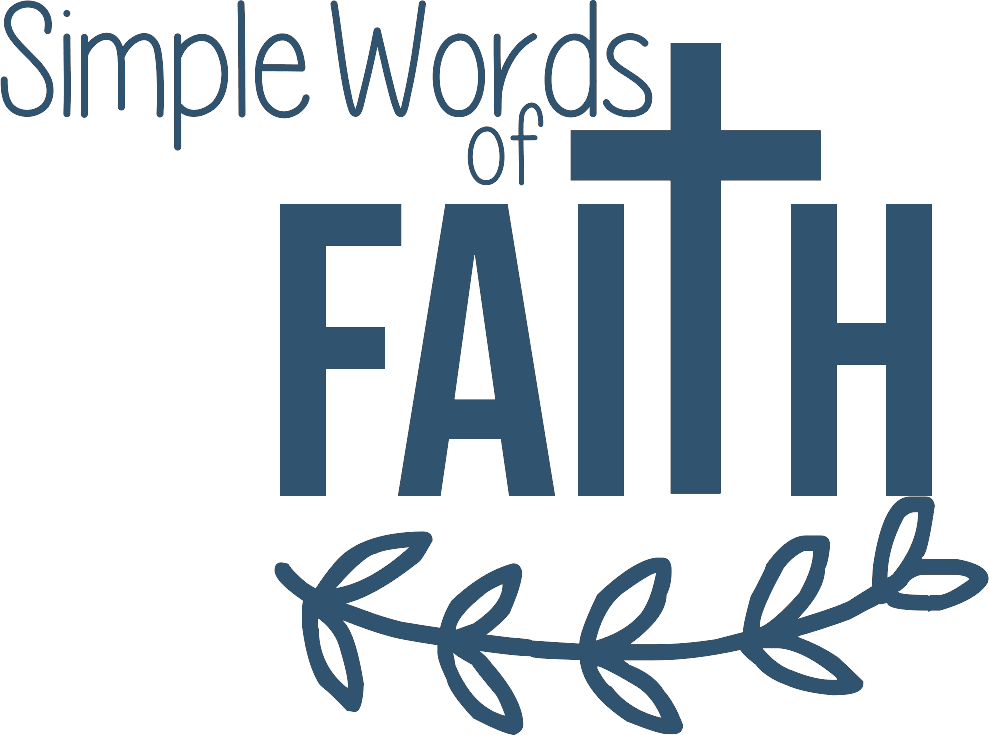Apr. 2, 2012
John 19:30
When he had received the drink, Jesus said, “It is finished.” With that, he bowed his head and gave up his spirit.
In John’s gospel, we’re told Jesus shouted “It is finished” as his life ended. He would have spoken these words in Aramaic. While this phrase is translated “It is finished’ in English, in Aramaic, it would have been one word. Emphatically Jesus shouted, “Completed! Finished! Done!”
Our definition of “finished” is much shallower than Jesus’ definition.
I am a list maker and I love to cross things off when I complete them. In fact, sometimes I’ll write something I planned on doing today and have already done just so I can cross it off the list! It’s finished!
Jesus’ understanding of being finished is not the same as crossing something off a to-do list. His words are not a to-do item. They are not a cry of defeat. Jesus is completing his life purpose; his reason for coming as a human being to earth. Jesus has completed what he started.
But what is the “it” he has completed? This is an important question because it gets to the meaning of the crucifixion. For Christians, the cross is a sign that says we follow Jesus. But what does the cross mean? For me, it’s a reminder that Jesus die for me, for you, for all of humanity.
What’s the significance of this? How does this work? Why did he have to do this? Quite honestly, I can give you theories and ideas, but I can’t explain it completely. We can read the gospel accounts and pull together Jesus’ reasons. Through metaphor, Jesus cites many purposes:
- Jesus compares himself to a wheat kernel that falls to the ground and die. Jesus is the seed that will die but then can become many seeds.
- On the last night of his life, Jesus shows his great love for the disciples when he washes their dirty, yucky feet. By doing this job, usually reserved for a servant, Jesus teaches the disciples to wash others feet and demonstrate love.
- Jesus calls himself the Lamb of God that takes away the sins of the world. This concept comes from the Jewish Passover Meal. Waiting for Pharaoh to release them from Egypt, the Jews kill a lamb and paint their doorposts with lamb blood. The angel of death passes over their homes and does not kill the eldest child because the lamb represents the eldest child. For Christians, Jesus is our sacrificial lamb. Just as the Israelites were liberated from slavery with the lambs’ blood, Jesus liberates us and frees us with his blood.
By combining these and many other metaphors Jesus used to explain his work and purpose, we find not one reason Jesus came to this world and die; we find a whole bunch of reasons. Through metaphors, Jesus helps us create a larger and more complete understanding of his purpose.
But Jesus’ life is more than a metaphor. It’s more than logic. The reason he came needs to become personal and emotional. Want to know why Jesus said, “It is finished?” Hold up a mirror. Look at the person you see reflecting back. The reflection you see is a sign of Jesus’ wondrous love for you. Stare at the reflection until you feel it.
On the cross, we find our brokenness and our need to be loved. When we begin to see God’s deep love for us, we see the world in the light of the cross. When Jesus said, “It is finished,” he meant all of these things and so more. What does the cross mean to you? This Holy Week, I encourage you to discover this for yourself.
Let us pray: It is finished, the battle is over. It is finished; there’ll be no more war. It is finished, the end of the conflict. It is finished and Jesus is Lord. Amen.
Blessings –
Dianne


Comments are closed